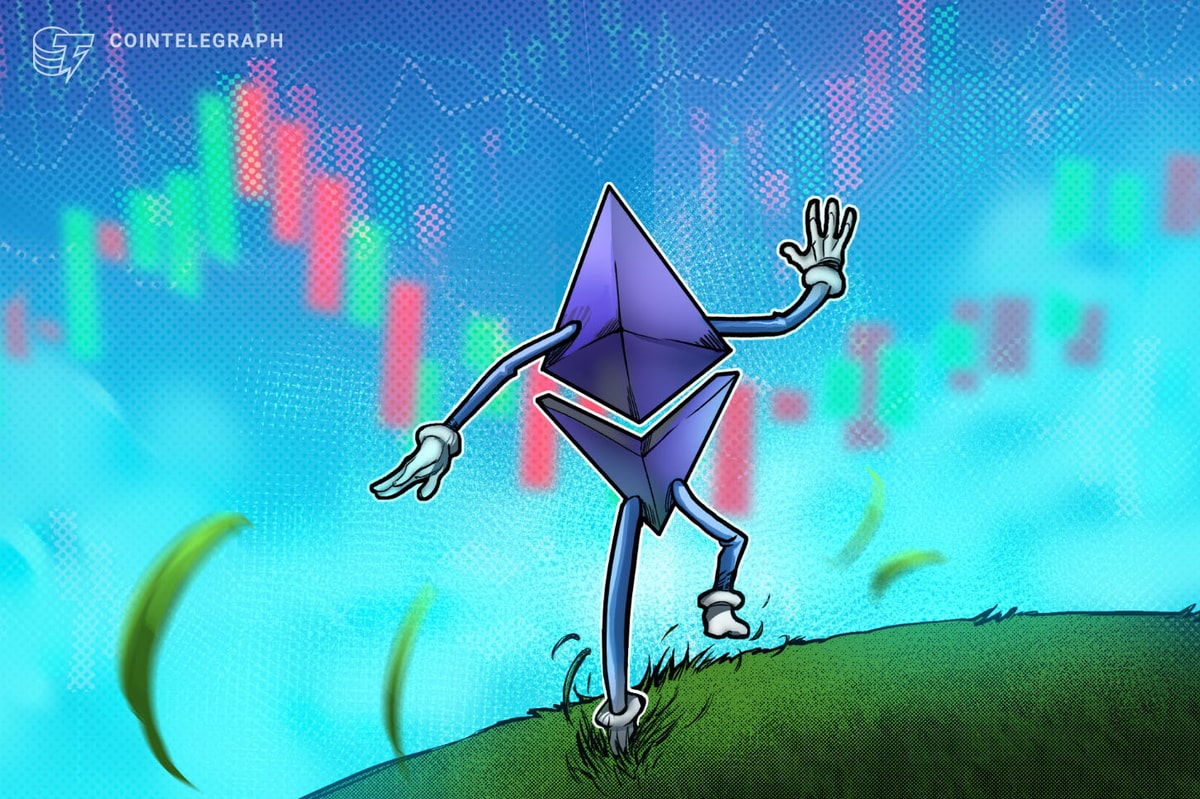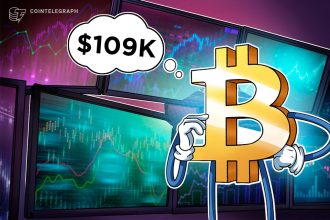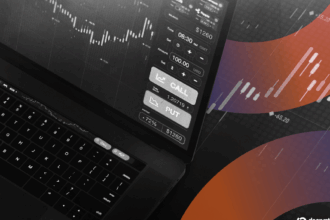Ethereum Fails to Break $2,600 Resistance Amid Technical Bullishness, Market Uncertainty
Ether (ETH) saw a 9% price surge during a recent trading session, reaching proximity to the $2,600 barrier. However, the cryptocurrency ultimately failed to sustain the breakout, leaving key resistance intact. While a bullish “golden cross” technical pattern received attention from some analysts, derivatives data suggests trader conviction remains weak.
Key Factors Hindering ETH Rally
-
Ethereum’s layer-2 scaling solutions (like Base, Arbitrum, Optimism) are driving DApp growth but not necessarily increasing demand for ETH itself, primarily due to very low transaction fees.
-
The launch of a first-ever Solana ETF significantly weakened ETH’s leadership in the “altcoin” space and potentially reduced the probability of a near-term rally above $3,200.
-
Derivatives indicators, including a persistently low ETH futures premium and a near-neutral options delta skew, signal a lack of strong bullish sentiment among professional traders.
Despite reaching the $2,600 hurdle, ETH lacked support from rising leveraged long positions. The ETH futures premium remains below the neutral 5% threshold on a 30-day annualized basis, contradicting the price gains.
The recent Solana ETF launch appears to have shifted investor interest towards the SOL ecosystem, creating competition and providing alternative investment vectors.
“Rollups incur extremely low fees for data processing, encouraging adoption, but they don’t generate meaningful demand for ETH itself.” – @R89Capital
Ethereum still faces challenges within its own ecosystem, including issues of interoperability across its layer-2 solutions, according to Coinbase protocol specialist Viktor Bunin.
A neutral reading on the ETH 30-day options delta skew (currently at 1%) indicates traders perceive equal likelihood for price movement in either direction, showing no clear bias beyond recent gains.
The low confidence in Ethereum’s near-term prospects is underscored by the scarcity of arguments suggesting direct token benefits for holders from layer-2 growth or increased institutional adoption via ETFs.












